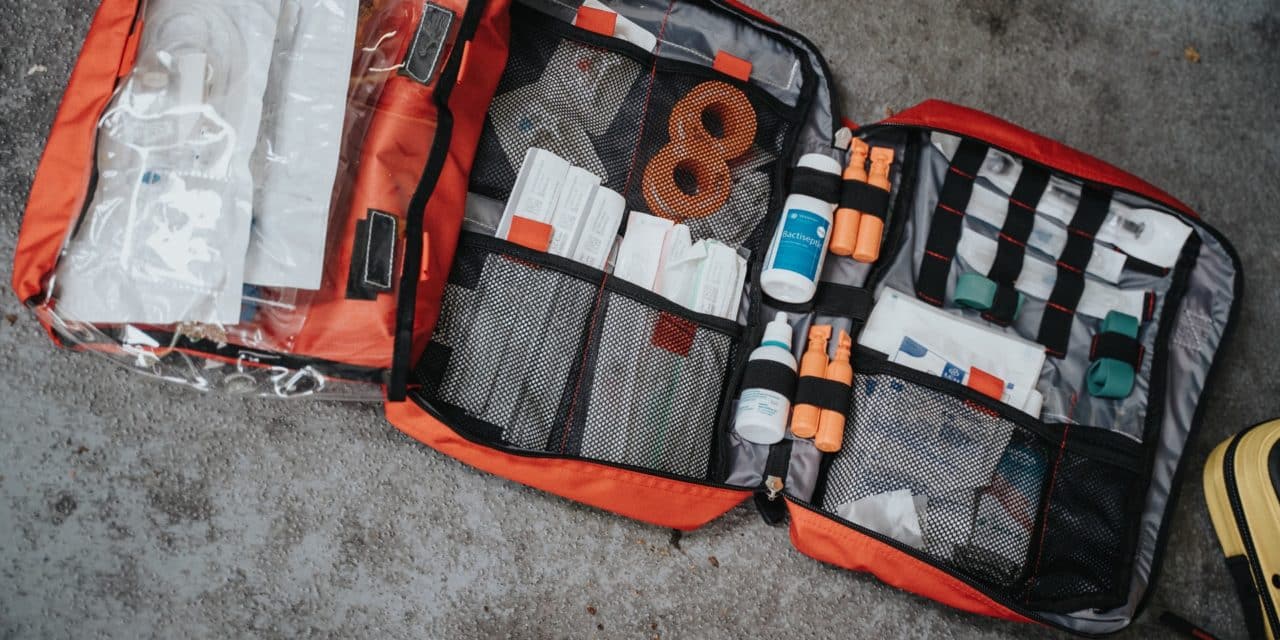[ad_1]
Sea kayaking is fast gaining popularity along with the other outdoor adventure sports on the market. It is a venture that boasts a very rich history. Here are 10 interesting facts about sea kayaking and kayaks you might not have known.
1. The Eskimos started sea kayaking in the Arctic region over 4000 years ago. They built the first kayaks to enable swift and easy movement across water using little effort. By adapting to an environment of more water than land and little vegetation or land animals, the Eskimos used sea kayaks as a means of survival to hunt seals, whales and walrus for food, clothing, and shelter. Kayaks were built using animal skin stitched over frames made of wood or whale bones and waterproofed using animal lard.
2. In 1924, kayaking debuted as a demo sport in the Paris Olympics. After 12 years, it officially became an Olympic event in the 1936 Berlin Olympics as the first 10 class Canoe/Kayak Flat-water event.
3. The first solo circumnavigation of Australia via sea kayaking was achieved by Paul Caffyn in 1982. It took him 360 days to complete the expedition, encountering wild surf, cyclones and extreme forces of nature in a 9,420-mile travel. Caffyn's venture set the benchmark for contemporary kayaking expeditions.
4. It took 332 days for the first female to circumnavigate Australia in 2009 by sea kayaking. Freya Hoffmeister from Germany voyaged 13,000 km and finished the circumnavigation 28 days earlier than Paul Caffyn in 1982.
5. In 1980, Birgit Fischer was the youngest canoe winner in Olympic history at the age of 18. She accomplished a total of 12 Olympic medals by the age of 24.
6. Greg Barton was the first US Olympic gold medalist in the kayaking event in the 1988 games. At the time, he was also the only competitor to take home two gold medals for the event.
7. The first kayaking medal of Australia was won by Dennis Green and Wally Brown in the 1956 Melbourne Games. The duo won the bronze in the 10,000m kayak (K2), an event that failed to continue in the succeeding Olympic Games.
8. Clint Robinson a surf lifesaver won Australia's first kayak gold medal in the K-1 1000m finals of the 1992 Barcelona Olympics.
9. Kayak slalom events pioneered at the 1972 Munich Olympic Games, but were subsequently removed because of the cost involved in creating man-made courses. It reappeared as the Slalom Canoe/Kayak event in the 1992 Barcelona Games, where Danielle Woodward won Australia's first medal taking silver. The event was again removed from the games at the end of the 1996 Atlanta Olympics. The Slalom Canoe/Kayak event did not to return to the Olympics until the 2000 Games in Sydney.
10. German Oscar Speck has long been known as the man who introduced kayaking to Australia when he arrived in 1939. He left Ulm, Germany in 1932 and went on a 7 year sea kayaking expedition on board a foldable kayak. His journey and arrival in Australia was not greatly publicised since during that time Germany was at war with the world. Speck was considered an enemy alien and was detained by the Australian police. The story of his voyage was kept quite for a long time during the era of world adversity.
More than just a great adventure to see beautiful places on earth, sea kayaking has had a history which has shown man's courage, passion and resilience. Man and kayak have come a long way, from being a survival tool to a vessel that brought man to unsurpassed achievements and epic conquers.
[ad_2]
Source by Simon Madison


